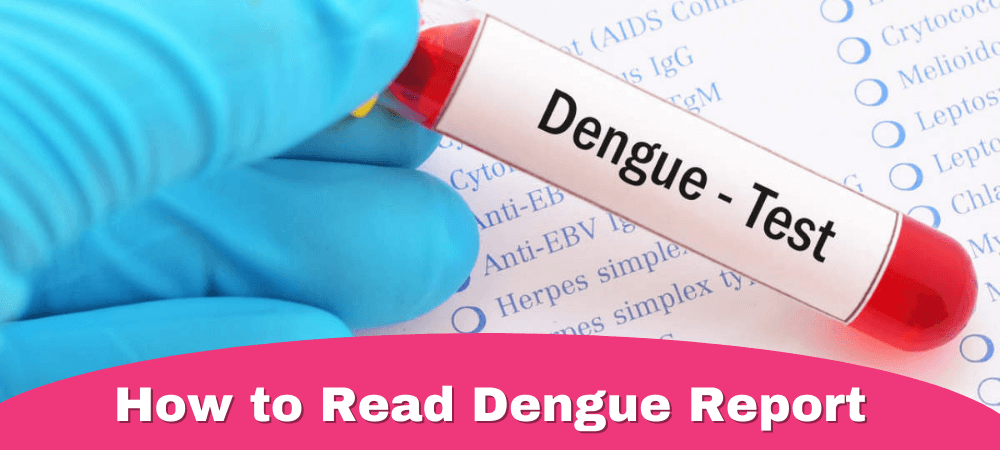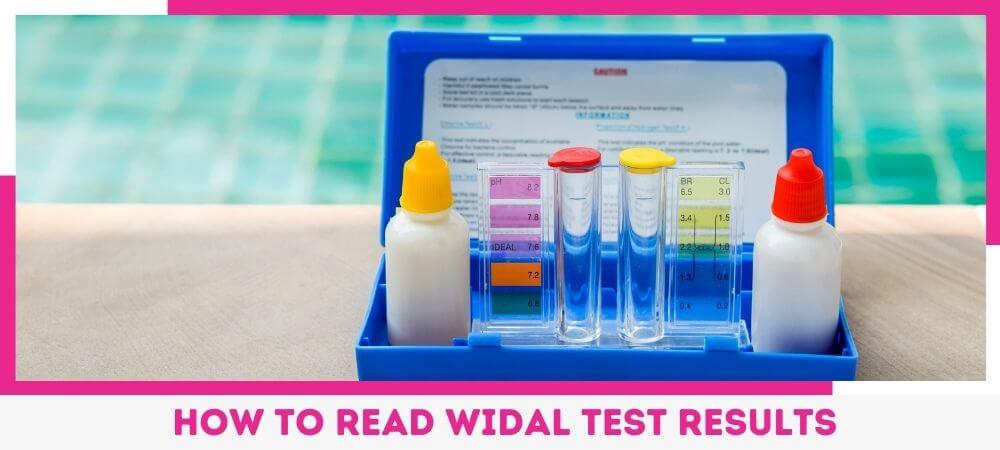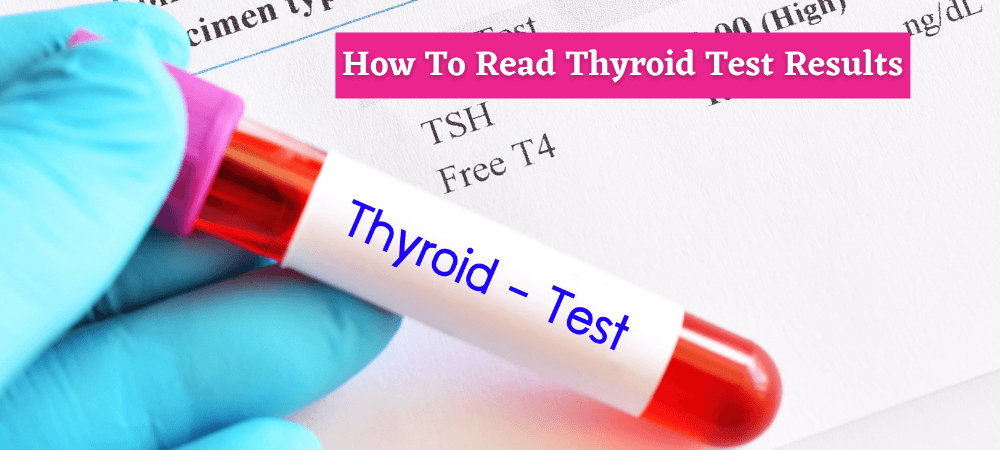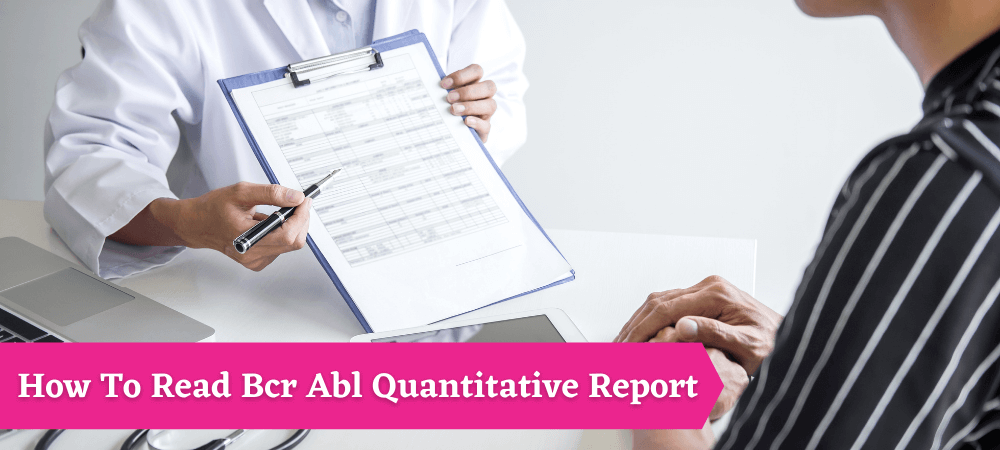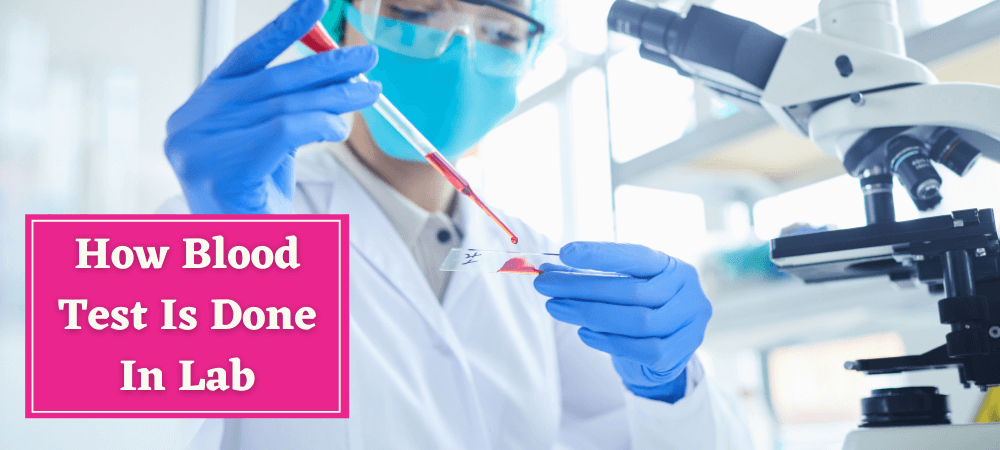Dengue viruses transmitted by the mosquito, Aedes aegypti and Aedes albopictus mosquitoes, are widely distributed throughout the tropical and subtropical areas of the world. There are four known distinct serotypes (dengue virus 1,2,3 and 4).
Read Dengue Test Report
In children, infection is often subclinical or causes a self-limited federal disease and hence parents are firmly advised to get a Dengue Positive Report soon from the hospital. If the patient is infected a second time with a different serotype, the patient suffers from a more severe disease, dengue hemorrhagic fever or dengue shock syndrome. NS1 is a highly conserved glycoprotein, a protein that is present at high concentrations in dengue-infected patients during the early clinical phase of the disease. NS1 antigen is found from the first day and up to nine days after onset of fever in a dengue-infected patient’s sample. Usually, lgM does not become detectable until 5 to 10 days after the illness or fever in the case of primary dengue infection and until 4 to 5 days after the onset of illness in secondary infections. In primary infection, IgG response 14th day after onset of fever and persistent for life. Secondary infections show that IgG increases within 1-2 days after the onset of symptoms and induces IgM response after 20 days after the onset of infection.
What Is It Used For?
Dengue Duo rapid test is an in vitro immunochromatography, a one-step procedure designed to detect both dengue virus NS1 antigen and differential IgG/IgM antibodies to dengue virus in human serum, plasma, or whole blood. This Dengue Duo rapid test contains two test devices (left side: Dengue NS1 antigen, right side: dengue IgG/IgM test). This Dengue Test Report device obtains a membrane strip, which is pre-coated with anti-dengue NS1 Ag capture on the test line region. Anti-dengue NS1 Antigen colloid gold conjugate and serum, plasma, and EDTA blood samples move along the membrane chromatographically to the test region (T) and form a visible line as the antibody antigen-antibody gold particle complex reaction occurs. Dengue IgG/ IgM Rapid Test on the right side is a solid phase immunochromatographic assay for the rapid, qualitative differential detection of IgG and IgM antibodies to dengue virus in human serum, plasma, and EDTA blood. Dengue Duo provides only a preliminary or non-confirmatory test result. Isolation of viruses, antigen detection in fixed tissues, RT PCR or serological tests like haemagglutination inhibition test other specific alternative diagnosis methods must be used to obtain a confirmation of dengue virus infection.
1. Principle
The Dengue NS1 Ag Dengue Test Report device result window has two pre-coated lines “T”(NS1 Ag Test Line) and “C”(Control Line). The test line and the control line in the result window are visible after applying any samples. A control line is used for procedural control and should always appear as it specifies the test procedure is performed correctly. Dengue NS1 Ag can identify dengue virus NS1 antigen in serum, plasma, and EDTA blood. The dengue test also can detect all four dengue serotypes by using a mixture of recombinant dengue envelope proteins. IgG/IgM test device contains three pre-coated lines, “G” (Dengue IgG test line), “M” (Dengue IgM test line), and “C” (control line) on the surface of the device. All three lines in the result window are visible after applying any samples. The “control line” use of test procedural control. The control line should always appear first, it indicates a positive result. If the color line is not visible within the device result window after performing the test, the result is considered as invalid. Invalid results may not have been followed correctly or the test may have deteriorated. It is recommended to take the repeat test.
2. Internal Quality Control
The Dengue NS1 Ag test device has “T” (NS1 Ag Test Line) and “C” (Control Line) on the surface of the device. The Dengue IgG/IgM test device has “G”(Dengue IgG Test Line), “M”(Dengue IgM Test Line), and “C”(Control Line) on the surface of the device. All three lines in the result window are visible after applying any samples. The “control line” is used for test procedural control. The control line should always appear first, indicating DengueTest Report accuracy.
3. Expected Value:
The NS1 is detected one day after the onset of fever and persists for up to nine days in both primary and secondary dengue infections. If anti NS1 antibodies are produced, the detection of NS1 is inhibited. Primary dengue is characterized by the presence of detectable IgM within 3-5 days after the onset of infection. Secondary dengue is characterized by the elevation of specific lgG 1-2 days after the onset of infection and this is generally accompanied by an elevation of IgM.
4. Required Materials:
As there is no antiviral vaccine and this intrusive female mosquito species is proliferating in mass, appropriate diagnosis Dengue Test Report for appropriate diagnosis becomes mandatory.
- Individually sealed foil pouches containing Dengue NS1 Ag and Dengue IgG/IgM Combo cassette device.
- Assay diluent for Dengue IgG/IgM test
- 5- 10 µl capillary pipette for Dengue IgG/IgM test
5. Reagent Preparation And Storage Instructions.
All reagents are ready to use as supplied. Unused or unopened test device storage at 2 to 30 °C. If the test device is stored at 2 to 8 °C, ensure that the test device is stored at room temperature before opening. The test device is stable through the expiration date printed on the test device. Do not freeze the device or expose the device to temperatures above 30 °C repeatedly. Recent analysis highly recommends you check your Dengue Positive Report for high concentration and blood pressure.
What is Dengue Positive Report
Dengue, also referred to as break-bone- fever, is a viral infection that is one of the most common diseases mostly spread in Tropical and Subtropical zones by biting from the Aedes Aegypti mosquito. This mosquito viral infection has become one of the leading fevers in recent years which requires immediate medical advice and treatment. Dengue is becoming a serious public concern in some semi-humid tropical regions; moreover, sometimes in several cases, this viral dengue fever becomes severely complicated where hospitalization becomes necessary. It is always advisable to consult a professional healthcare physician and collect a significant Dengue Positive Report from the laboratory. This viral disease is endemic and requires nearly 10-12 days to recover and get relief from high muscular joint pains.
Process Of The Test:
1. Dengue NS1 Ag:
- Test device remove from the sealed, and kept it on a flat and dry surface.
- Add three drops (about 100 µl) of sample into the sample well (S).
- As the test begins to Work, you will see colour line move across the result window in the centre of the test device.
- Interpret test results at 15-20 minutes.
- A positive result read within 15-20 minutes.
- Test result should not be interpretation after 15-20 minutes.
2. Dengue IgG / IgM:
- Allow the specimen and test components to room temperature, if refrigerated or frozen.
- Once the specimen is thawed, specimen mix properly prior to performing the test.
- When ready to test, open the sealed pouch and remove device. Put the test device on a clean, flat surface.
- Label the device with the specimen ID number.
- Add 10 µl sample into the center of the sample well (S well) ensuring that there are no air bubbles.
- Immediately add two drops (about 90-120 µl) of Sample Diluent into the assay diluent well.
- Interpret test results at 15-20 minutes.
Caution: Do not read dengue test results after 15-20 minutes. After 20 minutes can give false results.
Interpretation Of Rapid Dengue Test Result: [Dengue lgG / lgM]
- Negative: The control line is only visible on the test device. No IgG and IgM antibodies were detected. Retest in 3-5 days if dengue infection.
- IgM Positive: The control line(C) and IgM line(M) are visible on the test device. This is positive for lgM antibodies to dengue viruses. This is indicative test of a primary dengue infection.
- IgG Positive: The control line and lgG line (G) are visible on the test device. This is positive for IgG antibodies. This is an indicative test of secondary or past dengue infection.
- IgG/IgM Positive: The control line, IgM line (M) and IgG line (G) are visible on the test device. This is positive for both IgM/IgG antibodies. This is an indicative of a late primary or early secondary dengue infection.
- Invalid: The control line fails to appear. Insufficient specimen volume or incorrect test procedural techniques are the most likely reasons for control line failure. Repeat the test using a new test device.

